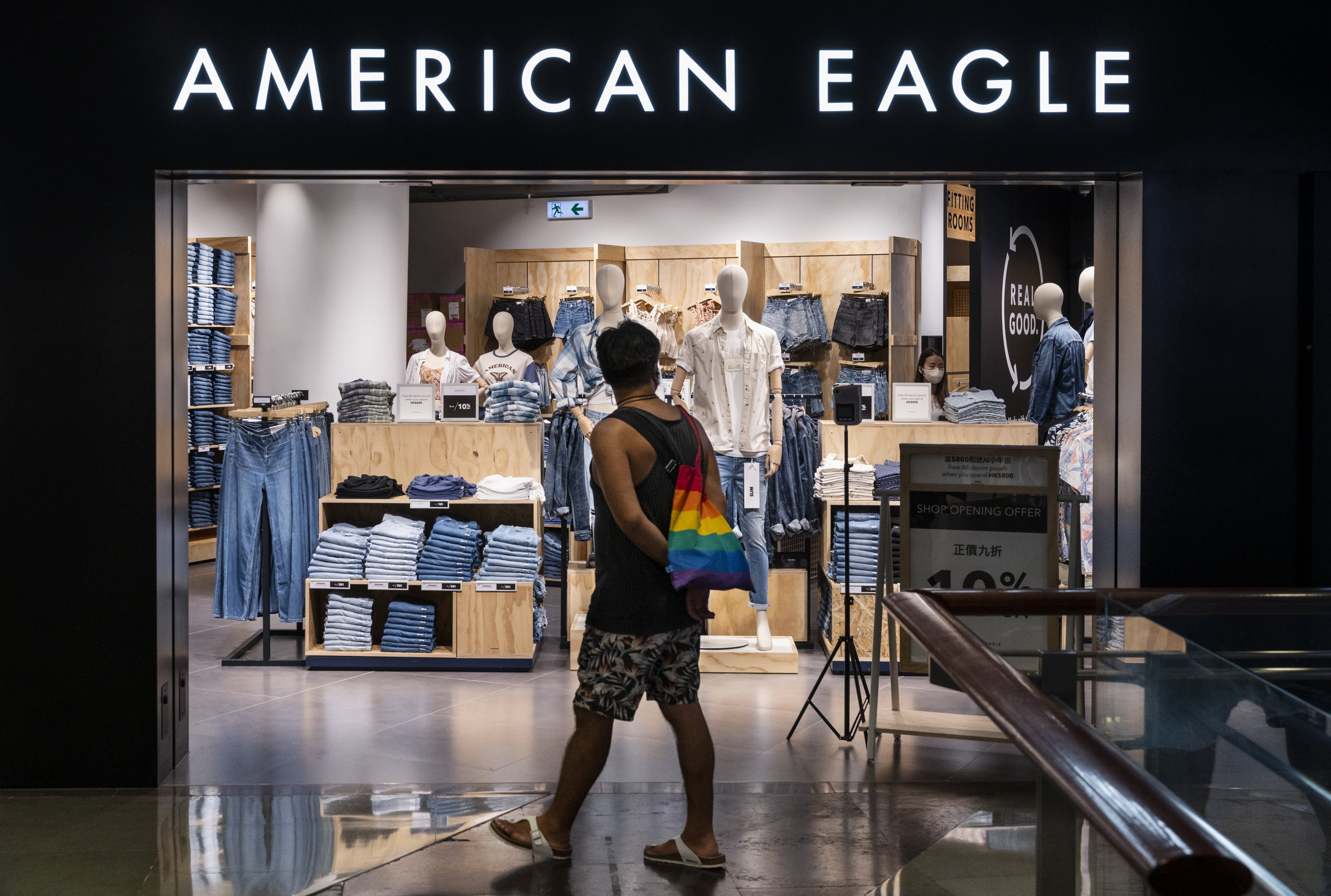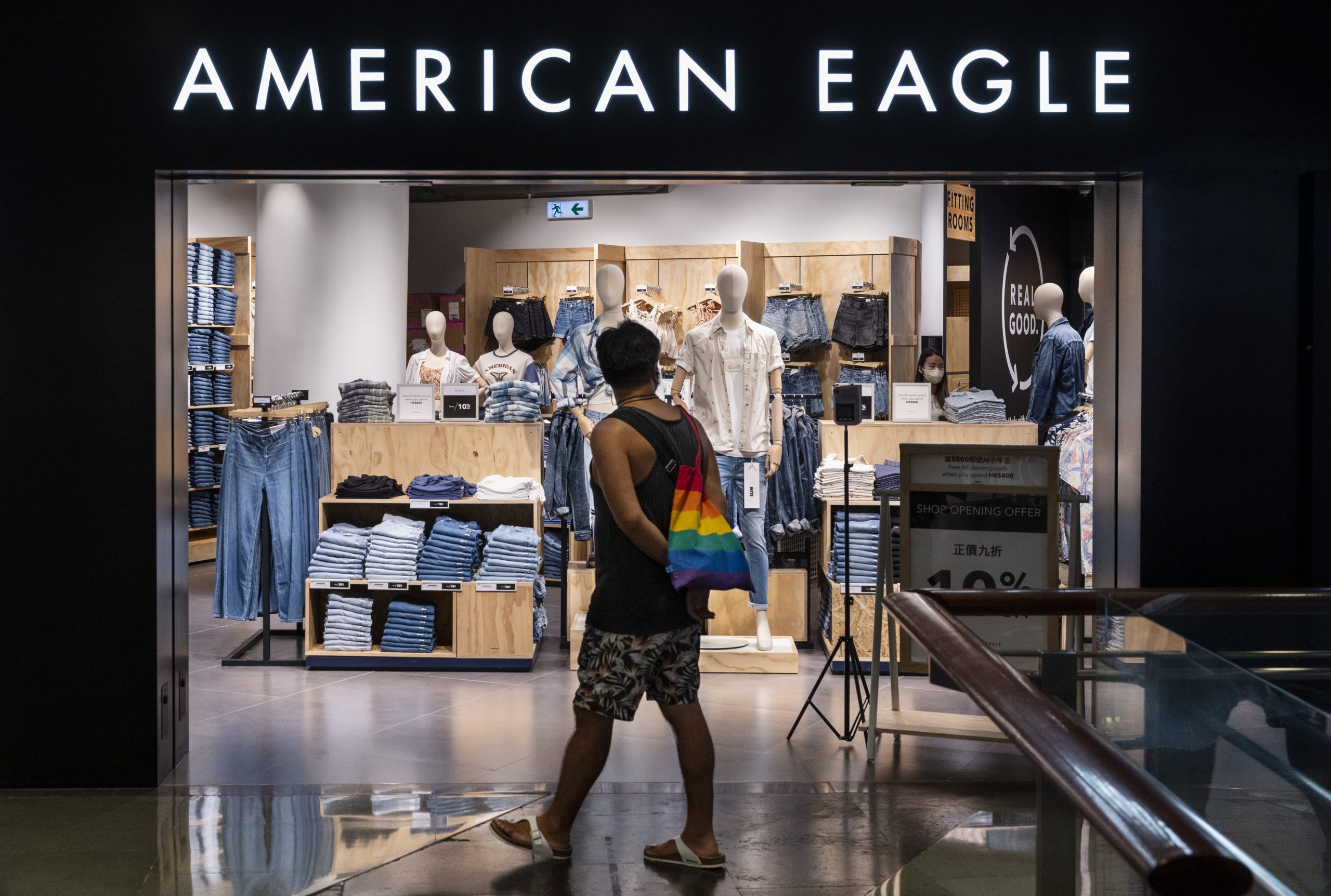
American Eagle Outfitters (AEO), known for catering to a young, style-conscious demographic, is currently navigating a particularly turbulent retail landscape. As inflation persists and consumers grow more hesitant with discretionary spending, the once promising apparel giant has reported a series of disappointing financial results and tempered its future outlook. The challenges AEO faces are not isolated; rather, they reflect broader shifts in consumer behavior and retail economics that are redefining the apparel market in 2024 and beyond.
Over the past several earnings reports, American Eagle has revealed a mixed performance. The company managed to exceed earnings per share (EPS) expectations slightly in Q4 2024, posting 54 cents versus analyst projections of 50 cents. However, beneath this silver lining lies a sobering reality: total sales fell short of forecasts due to weakened consumer demand. The slowdown was particularly evident in spring and summer apparel sales, where inventory piled up, prompting a significant $75 million write-down. To address this surplus, AEO resorted to deeper-than-usual discounts, a move that was necessary to clear stock but ultimately eroded profit margins. This markdown-driven approach poses a conundrum—while it helps move goods, it compresses earnings and undermines the brand’s pricing power in the long run.
The crisis in inventory management is a symptom of broader economic headwinds. Inflation, although easing slightly in some sectors, remains sticky enough to weigh heavily on consumers’ real spending power. American Eagle’s target market—largely comprised of younger, price-sensitive shoppers—is increasingly cautious, scrutinizing each purchase and browbeating brands that dare to raise prices. The company’s aggressive discounting strategy underscores a harsh truth: shoppers are unwilling or unable to absorb higher prices, forcing retailers into a delicate balancing act between maintaining sales volume and protecting margins. This dynamic not only pressures profitability but complicates forecasting and inventory planning, as misjudgments can quickly lead to excess stock and further markdowns.
Competition adds another layer of complexity. Like American Eagle, many apparel retailers have revised their growth expectations downward amid a cloud of economic uncertainty. While some competitors paint a slightly rosier picture, the general mood in the sector is defensive. Retailers must juggle consumer engagement, pricing strategy, and inventory levels in an environment where confidence is fragile and spending habits are shifting unpredictably. American Eagle’s decision to completely withdraw its full-year guidance for 2025—combined with projections of a 5% sales decline in Q1 and a low single-digit dip for the fiscal year—reflects the cautious stance management must adopt to navigate these choppy waters. This tentative outlook contrasts sharply with Wall Street’s expectations for modest revenue gains, further emphasizing the disconnect between optimistic analysts and the grounded reality faced by retailers on the front lines.
To regain its footing, American Eagle will need to recalibrate its merchandise planning and value proposition carefully. This might involve a stronger focus on product assortment that resonates with cost-conscious consumers, perhaps emphasizing quality, sustainability, or functionality over fast fashion trends. Additionally, aligning pricing strategies more closely with evolving consumer preferences—while avoiding excessive discounts that erode brand equity—will be critical. The retailer’s ability to strike this balance could prove decisive in maintaining relevance and competitiveness.
Beyond internal adjustments, American Eagle’s struggles spotlight larger forces reshaping the retail sector. Inflation’s persistence, shifting consumer priorities, and a competitive environment demanding agility combine to create a challenging backdrop. For investors and industry watchers, the company’s response to these pressures will offer key insights into how mid-tier apparel brands can survive and thrive in an era where traditional retail formulas no longer guarantee success.
In sum, American Eagle Outfitters confronts a complex mix of slowed consumer spending, inflation-induced sensitivity, and the fallout from inventory excess leading to margin compression. Despite delivering modest beats in earnings per share, the broader picture painted by sales declines and cautious guidance underscores significant near-term difficulties. The retailer’s future depends heavily on its capacity to adapt merchandise strategies, refine pricing, and engage a consumer base that remains wary yet eager for value. How effectively American Eagle navigates this evolving terrain will shape not just its own trajectory but may also offer a bellwether for the apparel retail sector’s health going forward.

